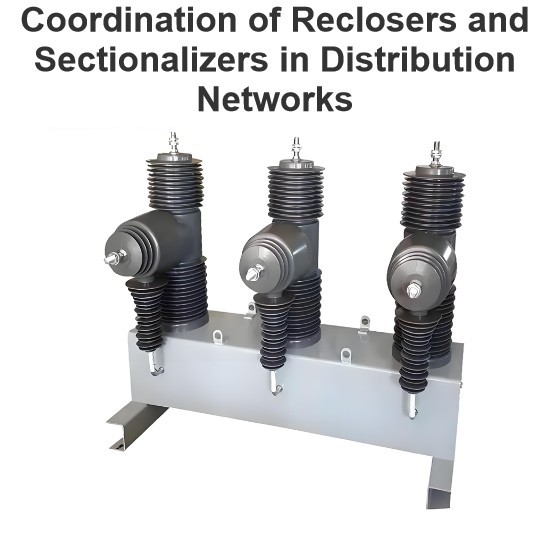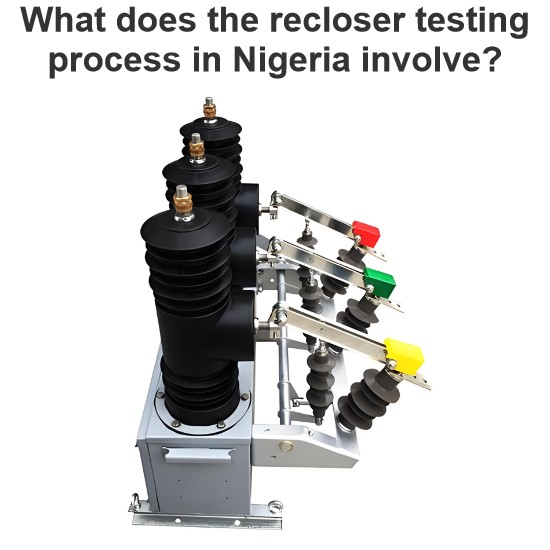1. Introduction
In Vietnam's coastal regions, 20kV reclosers play a critical role in maintaining power supply reliability amid harsh environmental conditions. These devices, compliant with IEC 62271-111 and Vietnam's national standard TCVN, are frequently exposed to salt fog, high humidity, and typhoons, necessitating robust fault management strategies. This article explores typical malfunctions of IP67-rated reclosers in Vietnam and proposes integrated solutions to enhance grid resilience.
2. Environmental Stressors and Fault Mechanisms
Vietnam's coastal climate imposes unique challenges:
- Salt Fog Corrosion: Chloride ions accelerate oxidation of metallic components, particularly in enclosures with IP67 ingress protection (dust-tight and protected against temporary immersion).
- Humidity-Induced Insulation Degradation: Persistent moisture (relative humidity >85%) reduces dielectric strength, leading to partial discharges.
- Typhoon-Related Mechanical Stress: High winds and flying debris may damage external components or disrupt internal mechanisms.
3. Common Faults and Solutions
3.1 Contact System Failures
Symptoms: Overheating, arcing, or incomplete tripping.
Root Causes:
- Salt deposition increasing contact resistance.
- Oxidation of silver-tungsten contacts due to humidity.
Solutions:
- Apply hydrophobic coatings (e.g., PTFE) on contact surfaces.
- Implement scheduled ultrasonic cleaning (every 3 months).
- Upgrade to sealed contact chambers compliant with IEC 62271-111.
3.2 Insulation Breakdown
Symptoms: Flashovers, ground faults, or sudden outages.
Root Causes:
- Moisture ingress through cable glands or seals.
- Tracking on porcelain insulators exposed to salt pollution.
Solutions:
- Replace ceramic insulators with silicone rubber (CTI ≥600).
- Use cable glands with IP67 certification and corrosion-resistant materials.
- Conduct periodic dielectric tests per TCVN 6137 standards.
3.3 Control Unit Malfunctions
Symptoms: Erratic tripping, communication loss, or failure to reclose.
Root Causes:
- PCB corrosion from salt aerosol penetration.
- Power supply instability due to voltage sags.
Solutions:
- Enclose control boards in nitrogen-purged compartments.
- Install surge protectors compliant with IEC 61643-1.
- Implement remote monitoring via IEC 61850 protocol for real-time diagnostics.
3.4 Mechanical Jams
Symptoms: Delayed operation or failure to actuate.
Root Causes:
- Rust formation in spring mechanisms.
- Debris accumulation in guide rails.
Solutions:
- Use stainless steel 316L for moving parts.
- Design self-cleaning enclosures with inclined surfaces.
- Lubricate pivot points with lithium-based grease resistant to saltwater.
4. Standards Compliance and Preventive Measures
Vietnam's recloser deployment adheres to:
- IEC 62271-111: High-voltage switchgear standards for operational safety.
- TCVN 6137: Insulation coordination requirements for 20kV systems.
- IP67 Rating: Protection against dust and immersion up to 1 meter for 30 minutes.
Key Preventive Measures:
- Material Selection: Aluminum alloy enclosures with epoxy powder coating (60μm thickness).
- Environmental Testing: Annual salt spray tests (ASTM B117) and humidity cycling (IEC 60068-2-30).
- Predictive Maintenance: Infrared thermography every 6 months to detect early overheating.
5. Case Study: Haiphong Coastal Substation
In 2023, a 20kV recloser in Haiphong failed due to salt-induced contact erosion. Remedial actions included:
- Retrofitting IP67-rated cable entries.
- Upgrading to silver alloy contacts with 99.9% purity.
- Installing a weather station to trigger pre-emptive maintenance during typhoon alerts.
- Post-intervention, the recloser's mean time between failures (MTBF) increased by 27%.
6. Conclusion
Addressing recloser faults in Vietnam's coastal 20kV grid requires a synergistic approach combining robust design (IP67 enclosures), strict adherence to IEC 62271-111/TCVN standards, and proactive environmental mitigation. By integrating material science innovations and predictive maintenance, utilities can achieve a 30% reduction in outage duration, aligning with Vietnam's goal of enhancing power grid resilience in climate-vulnerable regions.













